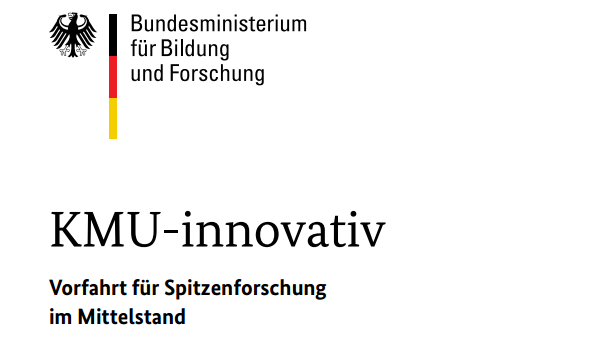During the cutting process deformation and friction process can occur at the cutting edge. The materials used in cutting tools have to resist high compressive stresses, high cutting velocities and high temperatures, whereby the most important mechanics causing tool wear are abrasion, adhesion, tribochemical reactions and surface defects.
Mechanical or abrasive wear occurs unders low as well as high cutting velocitites. Eventually tool wear will cause a failure of the tool. When tool wear reaches a certain level, the tool or the cutting bits need to be replaced, to maintain the desired cutting ability.
When observing tool wear, it is clear that not only cumulative total tool wear is relevant, but also wear patterns and locally occuring tool wear plays a crucial role and can have a major impact on overall tool longevity. There are severals methods to provide for an equal tool wear hence increasing the usability and longevity of the tool.
To allow for a seamless computation of the tool wear constant tool part interaction has to be determined to obtain contact conditions and derive wear patterns. The knowledge of these contact conditions allow to compensate for local wear and adapt the tool path to provide for a more equally distributed tool wear.








